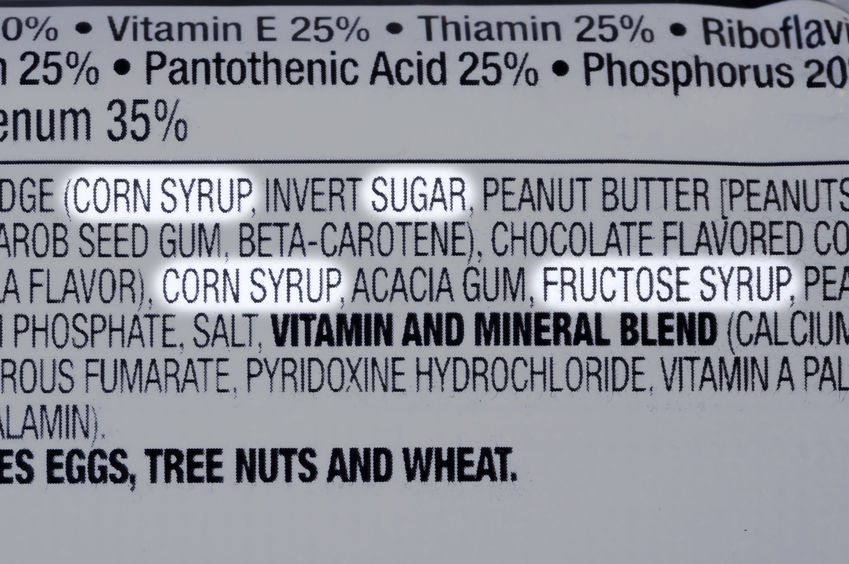Change Your Diet Now
Start With One, Stick To It For A Week Or Two,
Then Add A Second, And So On
- Rein in calories. Many people are battling excess weight as well as (and possibly because of) eating the wrong foods. Calories eaten need to be balanced with calories burned from exercise, work and simply being alive.
You might need to start by reducing your portion sizes (see below). Try cutting portions in half, but take twice as long to chew.
- Rebalance food choices. The USDA guidelines on how to fill your plate make for a good start. At each meal, fill half your plate with fruits and vegetables, one quarter with whole grains and the final quarter with lean protein. Make gradual cuts in fats—for instance, you might find it easier to go from whole milk to 2% to 1% to fat-free in stages. Reach for fruit, vegetables, or unsalted nuts when you want a snack, and replace at least one meat meal every week with a leaner protein source.
- Make water your drink of choice. Cutting out soda and cutting back on fruit juices are important steps to cutting calories. Drinking apple juice or orange juice is natural (if there is no added sugar) but it is still high-calorie, and you are missing out of the fiber you get from eating an apple or an orange.
- Switch from butter and lard to liquid oils. When cooking with fat, try to use olive and oils other than animal fat. Limit palm and coconut oils.
- Read labels. Eating whole foods—foods in their natural state—is best because 80% of processed foods in the US have ingredients that are banned elsewhere.
- Be cautious when eating out. It’s easier to control what you eat at home, but it’s fun to try new foods. Ask your waiter about the healthier choices on the menu or if the chef will saute simply and serve with no buttery sauce.
- Control portions. Try to order dishes with lots of vegetables, fruits and/or whole grains, and have appetizer-sized portions when you want to control the amount of fatty or sugary food you’re eating.
Follow guidelines for conditions you’re at greatest risk for. Everyone needs to keep these two important guidelines from the American Heart Association in mind:
- To lower cholesterol, reduce saturated fat to no more than 5 to 6 percent of your total calories. If you eat 2,000 calories a day, that’s roughly 13 grams of saturated fat.
- Not everyone reacts to salt with high blood pressure, but make sure it’s okay for you to have.
Resources: American Heart Association and USDA guidelines
Learn More About The Best Dietary Guidelines











